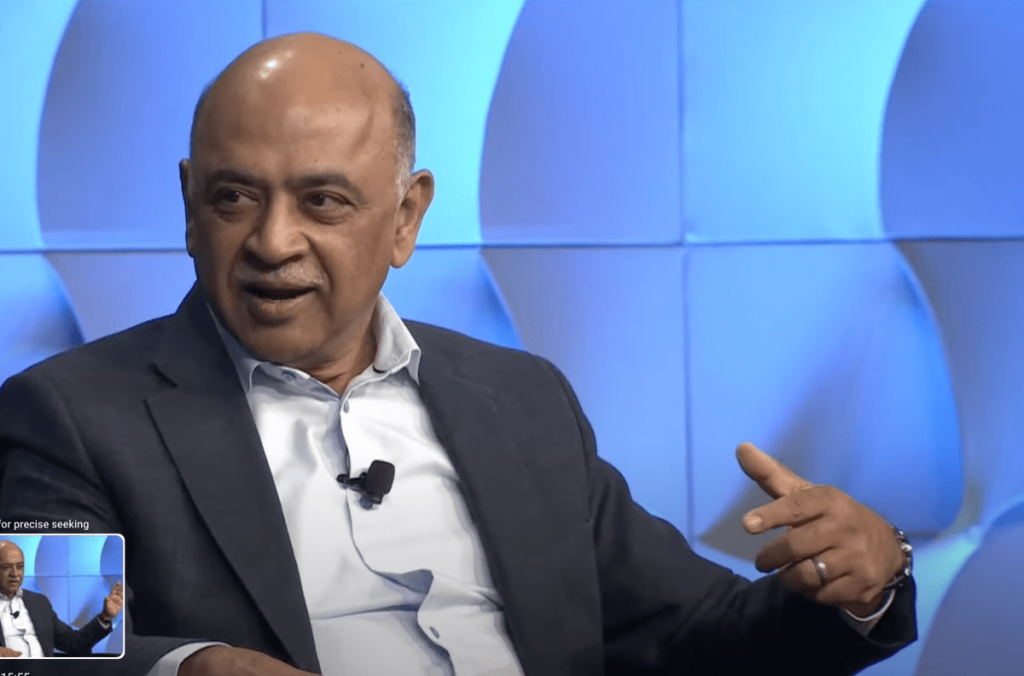Like many leaders of technology, Arvind Krishna, CEO of IBM, thinks that the federal research and development funding for artificial intelligence and related technologies should be increased, not vice versa.
“We have been an extremely strong supporter – and this is both society and personally – on that research and development financed at the federal level it should be increased,” said Krishna in an interview with Techcrunch. “This is the position, which is unequivocal, and we firmly believe in this.”
President Donald Trump and his cabinet have tried to make profound cuts to the federal research programs of subsidies and scientific in pursuit of a series of very different priorities compared to previous administrations.
In recent weeks, a key federal office for the research research, the direction for technology, innovation and partnerships (Tip), was hit by steep reductions of the budget. In the meantime, dozens of staff at the National Institute of Standards and Technology and the National Science Foundation (NSF), which hosts the tip, found themselves on the cut.
In his budget proposed for the tax year 2026, the Trump administration asks the congress to cut more than half of the NSF funding, eliminating what describes as a wasted and “awakened” expense. At risk are the billions of dollars assigned to R&D projects by R&D by NSF and other federal agencies, such as the National Institutes of Health and the Department of Energy, which are also facing cuts.
Trump also threatened to put an end to Chips Act, an important law on the era of the Biden Administration that has tried to increase the production of national semiconductors in the United States, including the production of specialized chips for the IA. The office responsible for the administration of Chips Act funds was largely gutted in early March.
The technological industry groups, including the Software and Information Industry Association, sent letters to the White House to the “Czar” David Sacks and the Secretary of Commerce Howard Lutnick warning that the reductions may have oscillated the American global leadership in AI. According to the joint economic committee of the United States, the research financed at the federal level produces annual returns of 25% to 40%, comparing favorably with the returns of 15% to 27% obtained from high -level VC funds.
Techcrunch event
Berkeley, ca.
|
June 5th
Book now
“We believe that (federal research and development funding) at this moment (sta) happening near historic lows in terms of percentage of GDP,” said Krishna to Techcrunch, “and that more R&D financed at the federal level has an incredibly positive effect on the economy, economic growth, the competitiveness of the United States and also in investments in many technologies that are essential for our future.”
IBM was directly affected by the federal cuts. During his call of the profits of the first quarter in April, the company revealed that 15 of its federal contracts were canceled, equal to $ 100 million in future payments. Federal contracts represent between 5% and just under 10% of IBM consultancy practices.
Krishna, which was fast in noting that federal funding constitute only a fraction of the general business of IBM, said that it is “optimistic” that the government will increase research and development expenditure within a year.
“I will tell you that I expect that in a year … R&D financed at the federal level for AI, for quantum, for semiconductors – I expect it to be better or better than today,” said Krishna.



